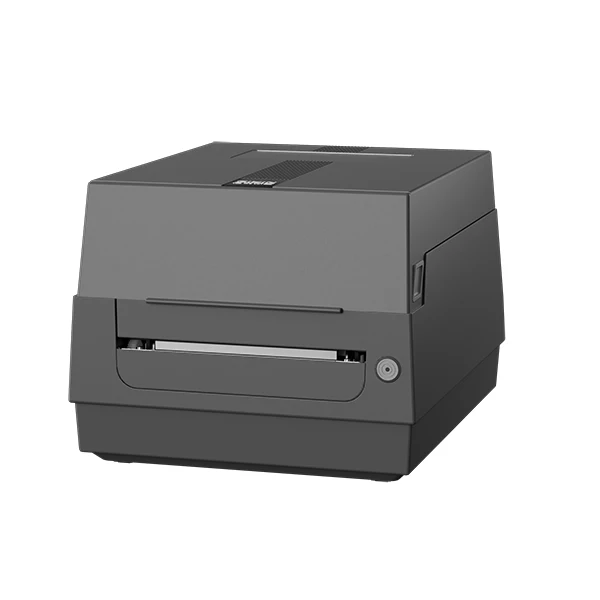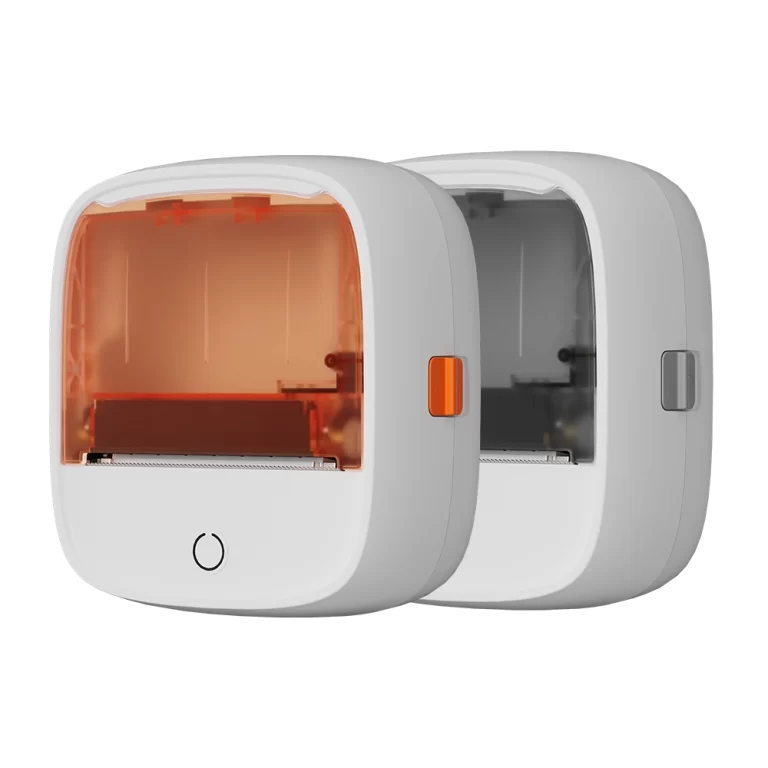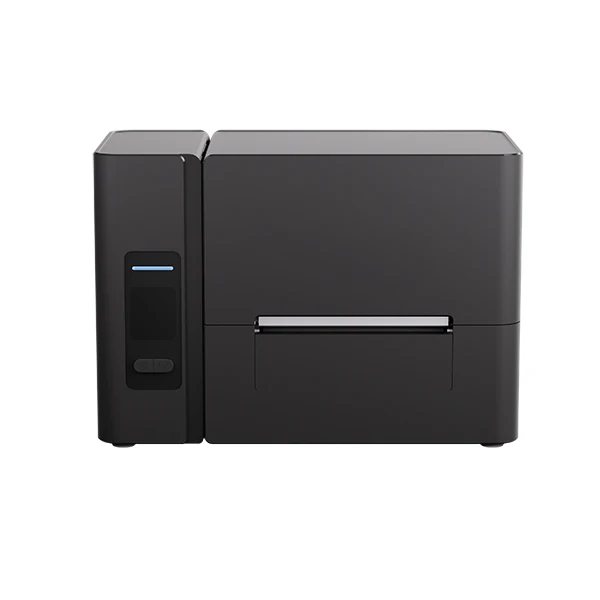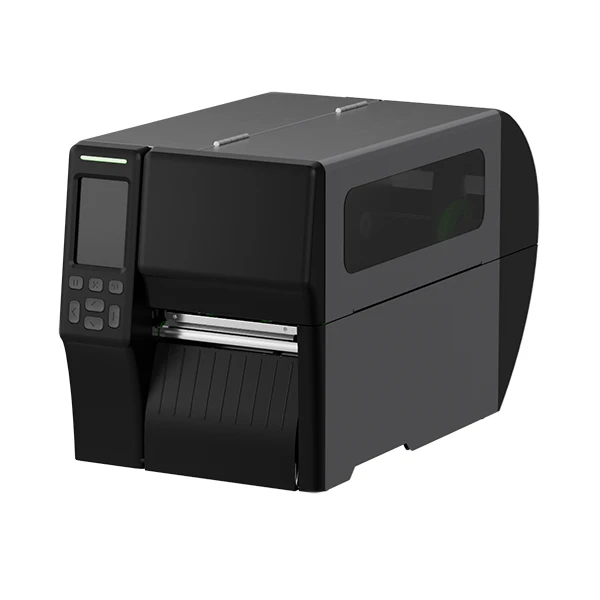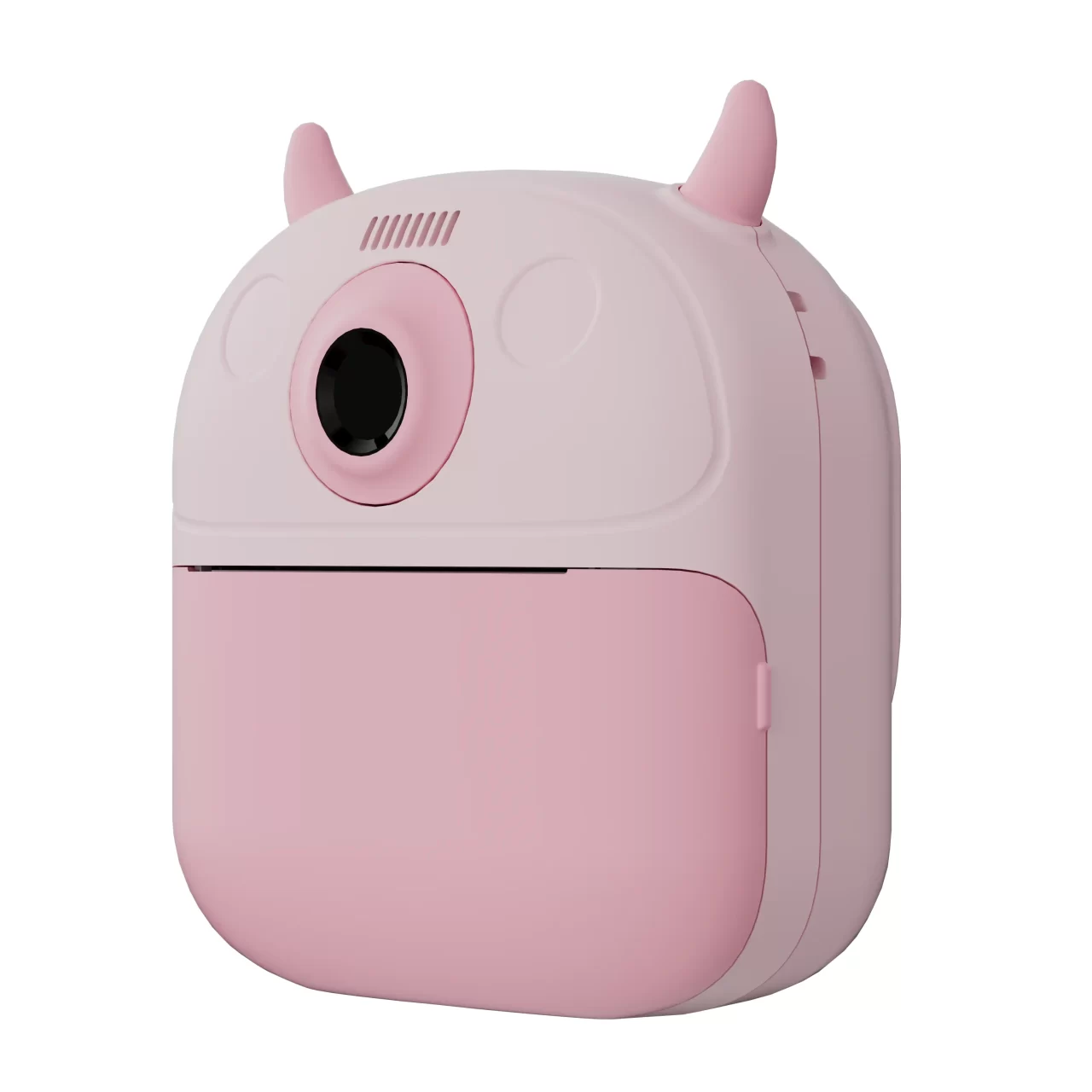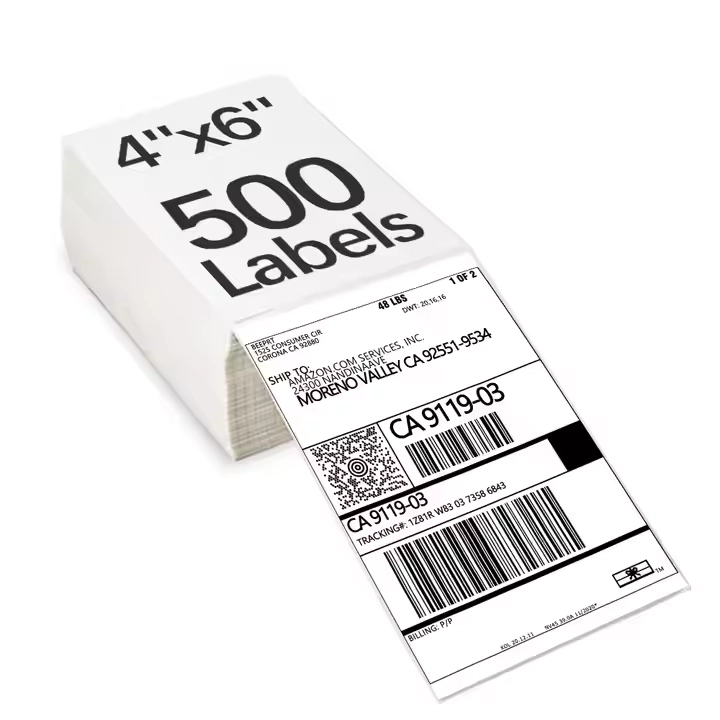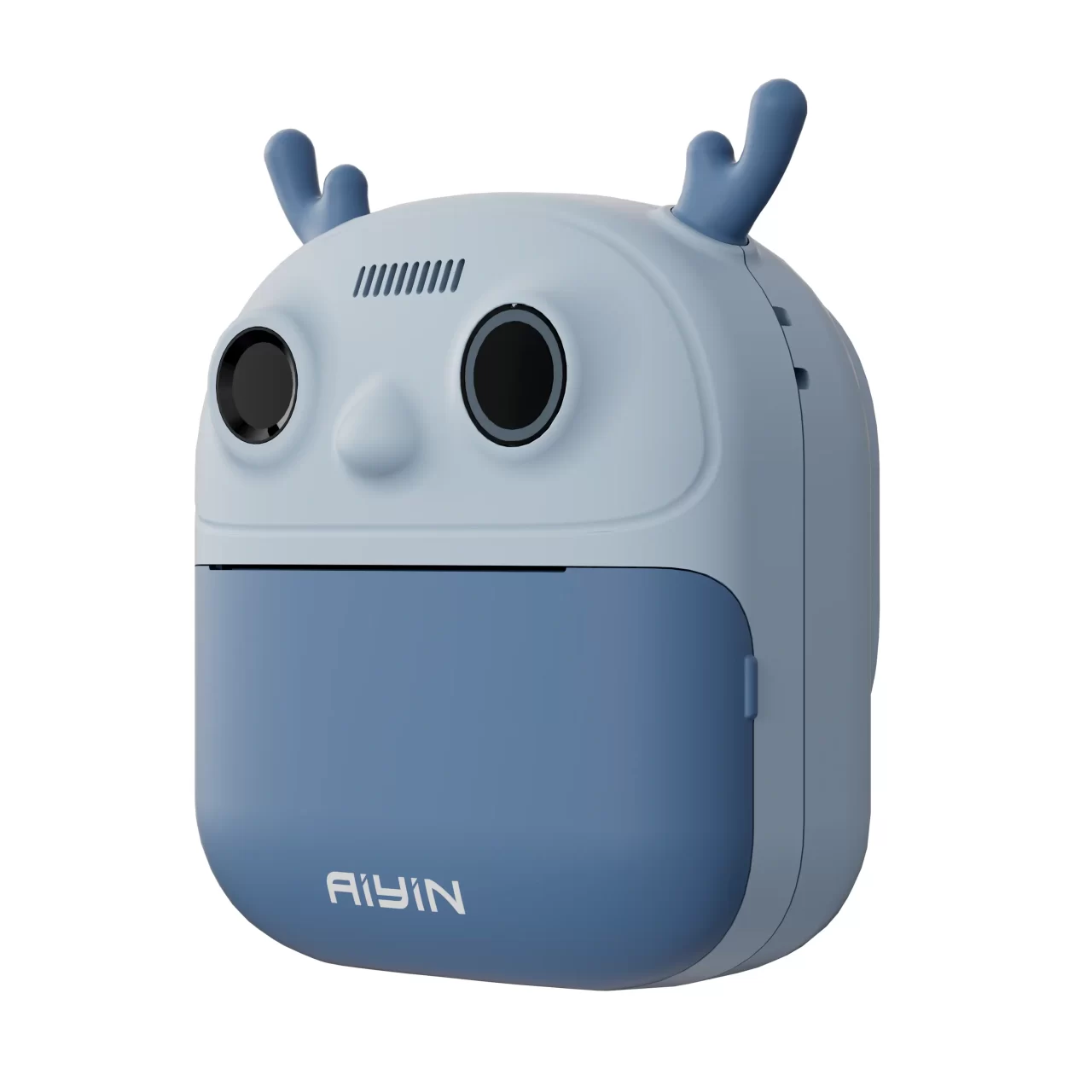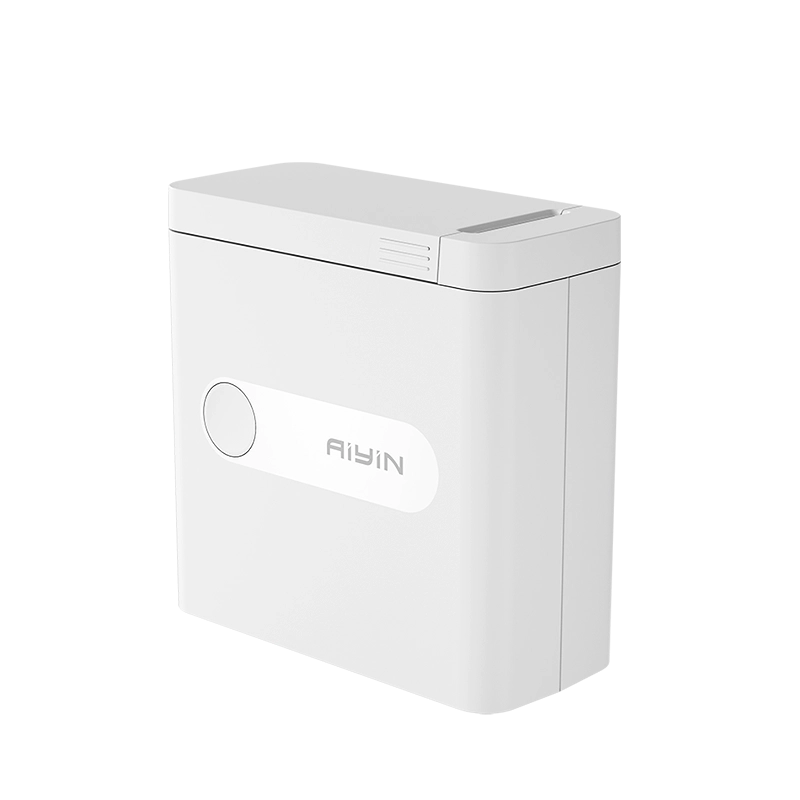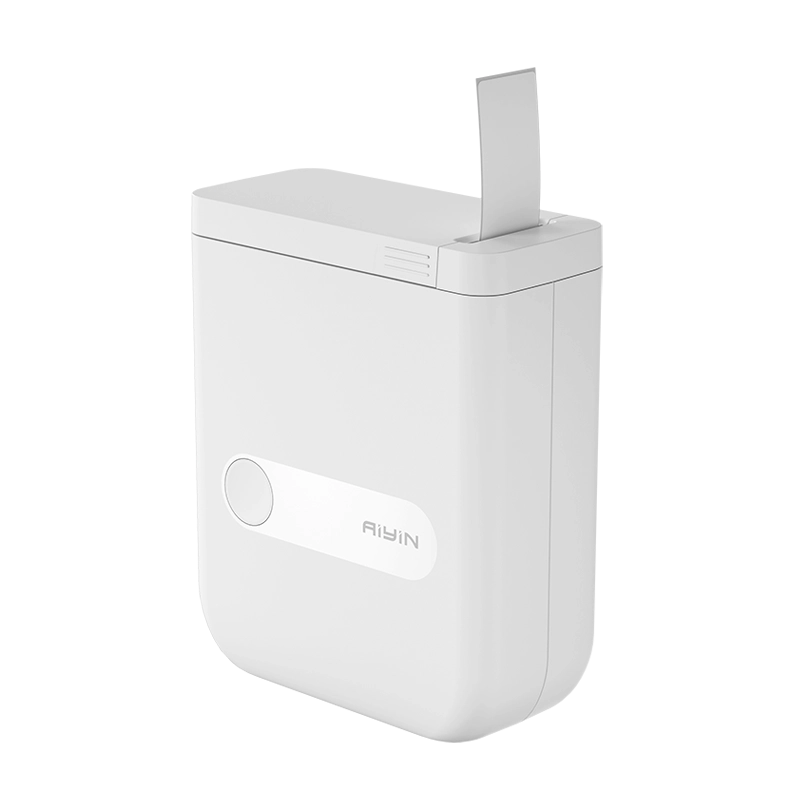¿Elegir una impresora térmica? No dejes que se convierta en un obstáculo en tu viaje empresarial.
No creas que imprimir es tan sencillo como pulsar un botón. Tiene que ver con muchas más cosas de las que cree. Tiene que ver con que su mercancía pueda enviarse a tiempo, con que el pedido sea bonito, con que el sistema funcione sin problemas, e incluso afecta a la primera impresión que deja en los clientes. No importa si es el propietario de una pequeña tienda recién abierta o el director de una gran fábrica con una capacidad de producción explosiva, si elige la impresora equivocada, como mínimo perderá dinero y reputación.
Como profesional fabricante de impresoras térmicasle explicaremos cómo elegir la impresora térmica adecuada.
🧠 ¿Cómo funcionan las impresoras térmicas? Hay dos corrientes principales, y la diferencia es enorme
La tecnología de impresión térmica se basa en el calor y no en la tinta o el tóner tradicionales. A diferencia de las impresoras tradicionales, que utilizan tinta líquida o tóner en polvo para transferir imágenes al papel, las impresoras térmicas utilizan papel sensible al calor. Cuando el cabezal de impresión se calienta, activa selectivamente determinadas zonas del papel para producir el efecto de impresión deseado.
Tecnología térmica directa
Las impresoras térmicas utilizan un papel especial sensible al calor que reacciona al calor aplicado por el cabezal de impresión de la impresora, activando una capa química en el papel que imprime la imagen. Esto permite imprimir texto o imágenes sin necesidad de tinta o cinta.
¿Para qué sirve?
- Albaranes de entrega urgente
- Recibos
- Etiquetas de corta duración, como entradas de conciertos y etiquetas de equipaje
También hay muchos problemas:
Las impresiones térmicas son susceptibles de desvanecerse si se exponen a la luz solar directa durante periodos prolongados debido a la sensibilidad térmica del papel. Las impresiones térmicas no están diseñadas para el almacenamiento a largo plazo y, por lo tanto, no son adecuadas para fines de archivo.

Tecnología de transferencia térmica
La tinta de transferencia térmica se aplica a la etiqueta mediante una cinta a través de un proceso de calor y presión a alta temperatura. Este método garantiza que la etiqueta tenga una durabilidad excelente y sea muy resistente a la fricción y la abrasión.
¿Para qué sirve?
- Etiqueta del producto
- Número de equipo
- Etiqueta sin salida para hospitales, cadenas de frío y uso en exteriores
También hay costes:
La máquina es cara, y los consumibles aún más.
La cinta debe sustituirse; de lo contrario, no funcionará.
🔍Elija según la escala de su empresa
A la hora de elegir una impresora, un precio más alto no siempre significa un mejor rendimiento o idoneidad. La clave está en determinar si la impresora satisface sus necesidades y requisitos específicos (por ejemplo, volumen de impresión, calidad de impresión, requisitos de funciones y escenarios de uso) en lugar de limitarse a elegir la opción más cara.
🛍️ Tipo de pequeña empresa
Si tiene una pequeña empresa, ya sea física o en línea, y necesita imprimir varias etiquetas cada día, opte por una impresora térmica directa eficaz y asequible.
Recomendado:
- Pequeña impresora térmica directa de sobremesa
- USB Bluetooth está bien, lo que sea más fácil de usar
- Resolución 203-300 ppp, suficiente
Usos típicos:
- Direcciones para envíos urgentes
- Impresión de recibos TPV
- Impresión de etiquetas para estanterías, etc.
¿Por qué funciona?
Las impresoras térmicas directas son asequibles, compactas y repletas de funciones. Debido a su estructura y principios técnicos relativamente sencillos, es menos probable que experimenten fallos de funcionamiento o problemas técnicos. Esto le permite centrarse en hacer crecer su negocio.
📦 Tipo de empresa mediana
El negocio está en auge y el almacén entra y sale con frecuencia. La impresión no es solo una herramienta, sino también la savia de la eficiencia.
Recomendado:
- Transferencia térmica o térmica directa de gama media
- Lo mejor es disponer de una red Wi-Fi/cableada, que pueda ser compartida por varias personas
- Resolución de 300 dpi, velocidad de 6-8 ips.
Aplicaciones habituales:
- Clasificación en almacén
- Etiquetas de productos con códigos de barras
- Pila de pedidos de entrega urgente impresos cada día
¿Por qué funciona?
Velocidad rápida, múltiples formatos y conexión en red: ya no se puede vivir del etiquetado manual.
Grandes empresas
Parece una gran empresa, como logística, fábricas, atención médica y producción de alimentos. No basta con tener miles de hojas al día.
Recomendado:
- Máquina de transferencia térmica industrial
- La carcasa es resistente y la etiqueta puede rebobinarse automáticamente en el interior
- Puede conectarse a grandes sistemas como SAP y Oracle
¿Usos? Por citar sólo algunos:
- Etiquetas para palés
- Etiquetas de conformidad exigidas por la FDA y la OSHA
- Etiquetas para cámaras frigoríficas, adhesivos para exteriores, seguimiento de activos
¿Por qué elegir una impresora industrial por termotransferencia?
Las grandes empresas confían en las impresoras por termotransferencia industriales porque pueden gestionar con eficacia tareas de impresión de gran volumen y alta calidad. Estas impresoras ofrecen impresiones duraderas y precisas en una gran variedad de materiales, lo que garantiza un rendimiento constante y reduce el tiempo de inactividad en producciones rápidas y de gran volumen.
🌍 No ignores el entorno de uso
Seleccionar la impresora adecuada es fundamental para lograr un rendimiento óptimo; utilizar una impresora en un entorno inadecuado puede provocar un desgaste acelerado, con la consiguiente reducción de la vida útil y un funcionamiento ineficaz.
Oficina: limpio y ordenado. Basta con un pequeño escritorio
Almacén de fábrica: ¿Húmedo, sucio y lleno de baches? Si no vienes al nivel industrial, te arrepentirás
Oficina móvil: trabajo de campo, partos, rondas hospitalarias. Usted debe tener una máquina móvil que se puede poner en el bolsillo
📚 Tenemos tablas de referencia
⚙️ Características clave a tener en cuenta al comprar
| Característica | En qué fijarse |
|---|---|
| Resolución de impresión | 203 ppp (estándar), 300 ppp o más (para logotipos o códigos de barras diminutos) |
| Velocidad de impresión | 4-6 ips (para bajo volumen), 8-14 ips (para uso industrial) |
| Conectividad | USB, Wi-Fi, Ethernet, Bluetooth, RS232 |
| Compatibilidad de etiquetas | Tamaño de rollo, diámetro de núcleo y tipos de material de etiquetas admitidos |
| Soporte de SO/software | Controladores para Windows/macOS, compatibilidad con BarTender, ZebraDesigner, etc. |
| Durabilidad | Carcasa de calidad industrial, resistente al polvo y al agua, para fábricas o exteriores |
💡 Tabla de correspondencia entre tipo de negocio e impresora
| Tipo de empresa | Impresora recomendada | Tipo de impresora |
|---|---|---|
| Comercios minoristas | Impresora térmica directa compacta | Escritorio |
| Tiendas en línea | Impresora térmica directa con Wi-Fi | Escritorio |
| Almacenes | Impresora de transferencia térmica resistente | Industrial |
| Hospitales/clínicas | Impresora de transferencia térmica de alta resolución | Escritorio / Móvil |
| Técnicos de campo | Impresora térmica portátil Bluetooth | Móvil |
💰 Coste frente a valor: ¿En qué merece la pena invertir?
| Factor | Impresoras para principiantes | Impresoras industriales |
|---|---|---|
| Coste inicial | Bajo (ideal para usuarios noveles) | Alta (pero dura mucho más) |
| Consumibles | Sólo papel térmico | Papel térmico + Cinta |
| Mantenimiento | un mantenimiento normal puede mantener una larga vida | Larga duración con piezas reemplazables |
| Rendimiento | Suficiente para impresión de bajo volumen | Diseñada para un funcionamiento continuo 24 horas al día, 7 días a la semana |
| Escalabilidad | Escalabilidad limitada | Fácil integración con los sistemas de la empresa |
Conclusión
Comprar una impresora térmica, en definitiva, sigue reduciéndose a cuatro palabras: haz lo que puedas. No te entusiasmes demasiado por comprar una gran marca, ni seas avaricioso por lo barato. Imprime unas cuantas hojas al día e imprime miles de hojas al día; la demanda no es en absoluto la misma cosa. Si eliges la máquina adecuada, trabajarás sin problemas; si eliges la equivocada... puede que ni siquiera seas capaz de poner la etiqueta, y el cliente saldrá corriendo.
Como impresora térmica y de transferencia térmica fabricante de impresorasNuestra filosofía empresarial consiste en ofrecer productos y servicios de alta calidad a través de la innovación continua y la mejora tecnológica. ¿Y qué más? Ofrecemos excelentes servicio personalizado por ofrecer impresoras térmicas e impresoras de transferencia térmica de alta calidad. Si tiene alguna necesidad o pregunta, no dude en ponerse en contacto con nosotros para adquirir experiencia.

